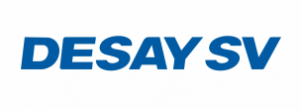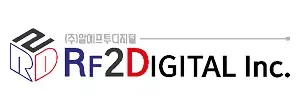For the coverage of India and its 1.2 billion citizens, the public broadcaster All India Radio (AIR) has a vast network of 143 MW transmitters giving service to over 98.4% population of the country. Up until recently, all these transmitters were operating in analogue and the quality of reception in analogue was getting worse due to many and complex reasons. Digital radio was then considered the best answer to establish radio broadcasting in the modern digital world, by combining the benefits of the efficient large-area service coverage of the AM bands with the quality and features today’s listeners expect from radio. The international ITU standard DRM Digital Radio Mondiale was chosen for the digitization of the medium wave (MW) and shortwave (SW) transmitters. In the meantime, it was decided that till digital receivers became available to a sizable part of the population, analogue services could continue along with digital service from the same transmitters. Choosing DRM meant that no additional frequency spectrum was required, existing infrastructure, such as transmission lines, masts did not need to be replaced and even the existing transmitters could be converted to digital at a nominal cost.
AIR was recently congratulated by Hon’ble Union Minister for Information and Broadcasting Shri Venkaiah Naidu for having successfully completed phase-I of the national DRM digital radio roll-out in India – the installation of 37 DRM transmitters throughout the country. These are now operational. AIR is, therefore, now in the process of launching phase-II of the DRM project by offering full features/services from these DRM transmitters and further improving service quality. With the finalization of phase-II, the full-featured DRM services will finally be available to the audience and a public information campaign will be initiated to inform the Indian citizens of the completely new and future oriented DRM radio platform and its many benefits.
During phase-II, most transmitters will carry a new DRM signal while still maintaining the analogue AM transmission to support existing analogue receivers (called the ‘simulcast’ mode of DRM) – with all-digital transmissions inserted at certain points in the day. Phase-III, as presented by AIR, will eventually culminate in the complete transition of radio services to the digital DRM platform, further improving the number and quality of radio services and extra features for the listeners, while also saving tremendous amounts of transmission power every year.
As the result of the now concluded phase-I, currently 37 mostly high-power transmitters (35 medium wave and 2 shortwave transmitters) of AIR are working in DRM. Both SW transmitters are for international services and are broadcasting in pure DRM. Out of the 35 MW transmitters, 2 are working in pure DRM carrying 2 audio services in digital and the other 33 transmitters are working in simulcast mode. Out of these, 25 MW transmitters are working for 1 hour in pure DRM every day (Monday to Saturday). The transmission powers of these 35 transmitters are: 1000 kW – 2, 300 kW – 6, 200 kW – 10, 100 kW – 11 and 20 kW – 6. 2 SW transmitters are of 500 kW and 250 kW each. More details on the official website of All India Radio for details.
AIR is an important international and domestic broadcaster.
The External Services of All India Radio are available in over 108 countries in 27 languages in analogue. AIR’s external services are very popular but analogue transmissions suffer from problems like fading, distortions etc. Therefore, AIR had converted one of its SW transmitters to DRM with very good results.
And already the first steps of phase-II of the digital radio roll-out project – just launched by AIR earlier this year – are already visible and audible to the audience in Delhi, providing a first glimpse of the service quality and DRM features that can eventually be expected from other DRM MW transmitters in major part of the country.
The DRM transmissions from Delhi/Nangli now provide excellent audio quality based on DRM’s xHE-AAC audio codec. It also includes DRM text messages and Journaline. The advanced text service Journaline provides detailed news of various topics to listeners – accessible on their radio set screen – free of charge, without requiring Internet access. All this is available in the simulcast configuration (with a 9 kHz DRM signal) and with the most robust DRM transmission configuration (enabling increased in-door coverage).
In the full-digital transmission at certain times during the day (with an 18 kHz wide DRM signal), the signal is enhanced with a second audio programme, and also provides the receivers with station logos to be presented by some receiver models as part of the service list and allowing listeners to find the right service even without reading service labels.
The industry is also gearing up to meet the demand. The receiver question is also being addressed. One Indian domestic manufacture has already developed a standalone DRM receiver. Some car manufacturers have also incorporated the DRM reception facility in their built-in car audio systems (latest models come from Hyundai). The domestic receiver industry sees a very good opportunity to meet the domestic demand as well as manufacturing receivers for export.
If I was asked why DRM was preferred and chosen in India I would say that DRM is an excellent system which works in all broadcast bands. A group of broadcasters has developed DRM which can coexist with analogue. Excellent audio quality programmes and all extra features available in digital must be made available, so that listeners see value in buying DRM digital receivers. The price of standalone DRM digital receivers will certainly go down very fast with demand, as we have seen in the deployment of any new technology in any other field. The availability of DRM reception facility in cellular phones will further boost the popularity of DRM digital services. I feel it is vital that broadcasters announce an action plan for the deployment of DRM digital services so that the industry can gear up to meet the demand of DRM receivers.
For more details click here.
Yogendra Pal (Hon Chair, DRM India Chapter)

















